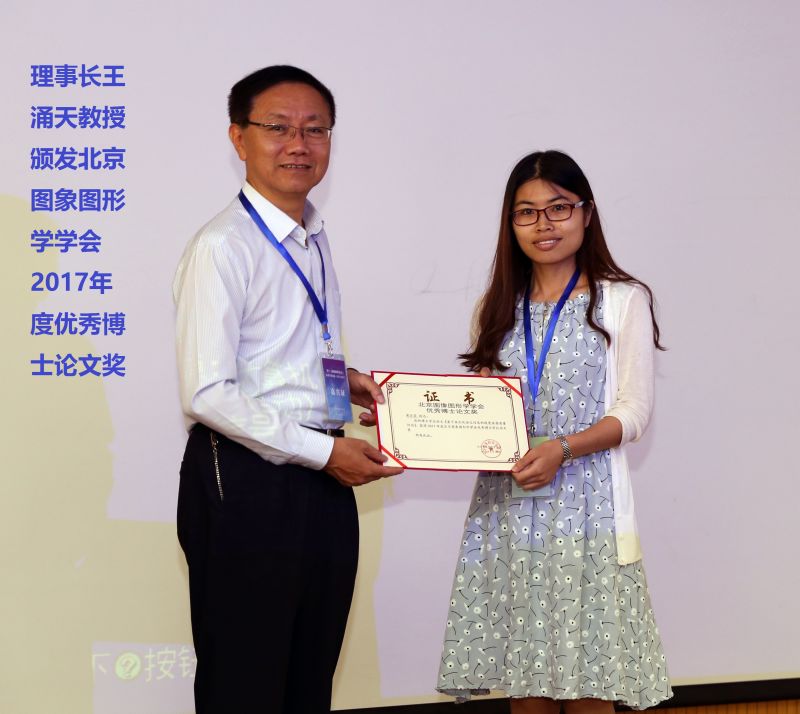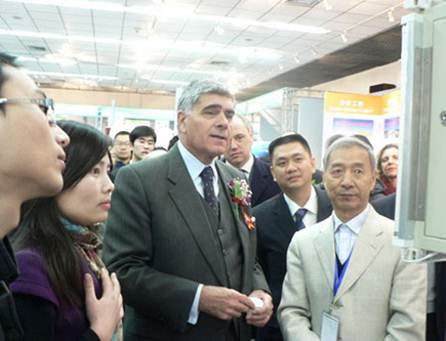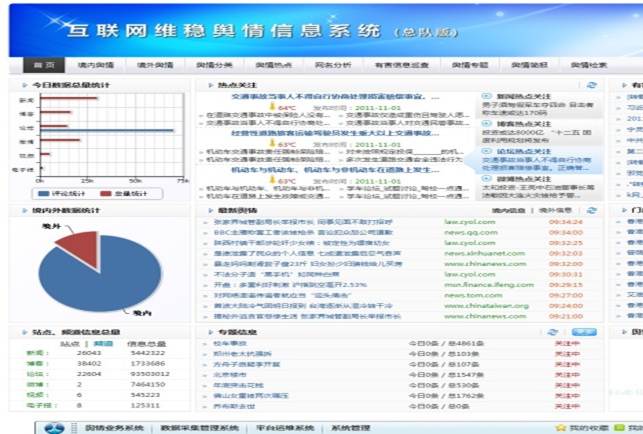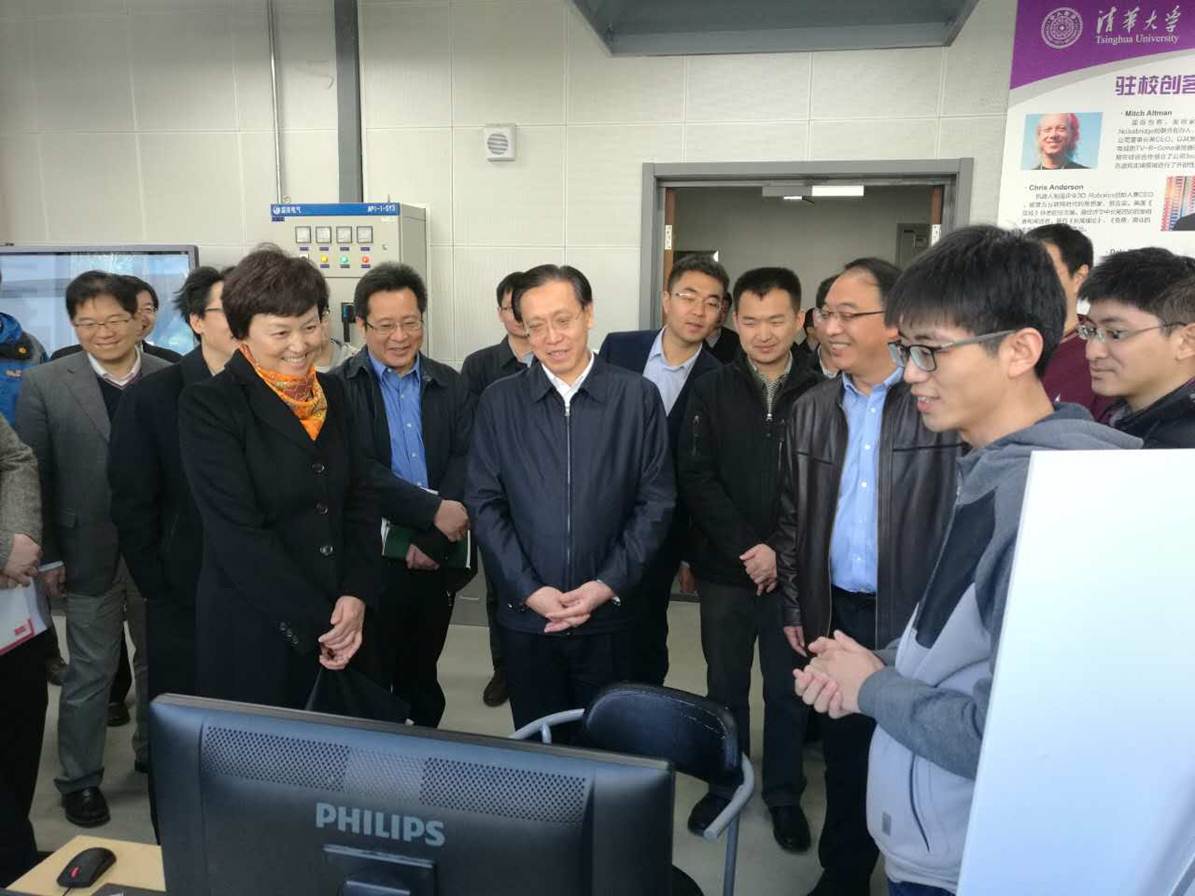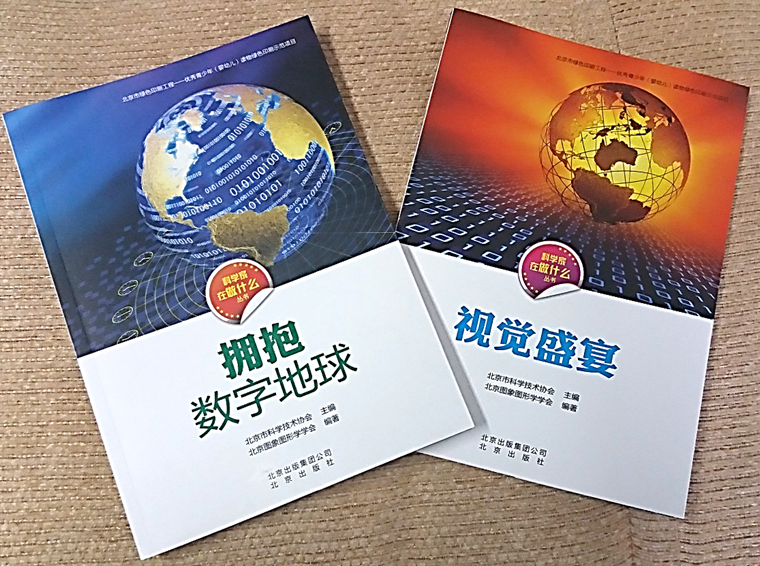关于召开BSIG青年人才成长国际学术交流报告的通知
北京图象图形学学会联合中国科学院自动化研究所模式识别实验室以及IEEE Beijing Section Biometrics Council Chapte将于11月19日举办BSIG青年人才成长国际学术交流报告,邀请英国南安普顿大学电子与计算机科学学院Mark Nixon 教授,分享报告:A Future of Biometrics 讲座由北京图象图形学学会常务理事及青工委主任、中国科学院自动化研究所董晶研究员主持。 时 间:2024年11月19日,9:30 地 点:中国科学院自动化研究所智能化大厦1610会议室
注 意:进入会场须报备,请于11月18日前扫描下方小程序码填写报备信息。
报告主持
董 晶
中国科学院自动化研究所研究员
北京图象图形学学会常务理事、青工委主任
报告嘉宾
Mark Nixon
英国南安普顿大学电子与计算机科学学院教授
报告题目:A Future of Biometrics
报告人简介
Mark S. Nixon is a Professor Emeritus with the Vision, Learning and Control research group in the School of Electronics and Computer Science at the University of Southampton UK. His research interests are in image processing, biometrics and computer vision. His team pioneered gait as a biometric and were amongst the pioneers of ear biometrics. His team has developed new techniques for static and moving shape extraction, which have found application in automatic face and automatic gait recognition and in medical image analysis. His books include Feature Extraction and Image Processing for Computer Vision (Elsevier, 4th Ed.), Human ID Based on Gait (Springer) and D’oh! Fourier (WSP). He was previously the President of the IEEE Biometrics Council
报告摘要
Biometrics has made amazing progress in its (relatively) short history. This speaker started his research in 1984, on face recognition, before it was even called biometrics. Then, computers were slow and memory was expensive, but we showed there was potential. Fast forward to now, when computers are fast and memory is cheap: with modern tools we can now produce a laboratory system which can achieve recognition, and in an afternoon. Biometrics helps the lives of most people on this planet by its virtues of speed and convenience. So it is time to take stock on our progress. As biometrics researchers, where are we going, and where should we go? Deep learning has enabled fast and accurate processes but we need to learn more of the underlying science. Can we deploy this capability for identification elsewhere, say forensic science? Is the underlying question what is identity and what does it imply? I’m currently the Editor in Chief of the IEEE Transactions on Biometrics, Behavior, and Identity Science. What is behaviour and what is identity science? Where will deep learning take us? This talk will aim to introduce these questions, in the context of my own work on gait and soft biometrics, though the solutions and answers remain for future work.
附言
报告人还会参加 11月22日~24日在南京国际会议大酒店举办的第十八届中国生物特征识别大会(CCBR 2024)并做报告,详情请见链接:CCBR 2024 | 大会简要日程【早鸟票倒计时4天】
